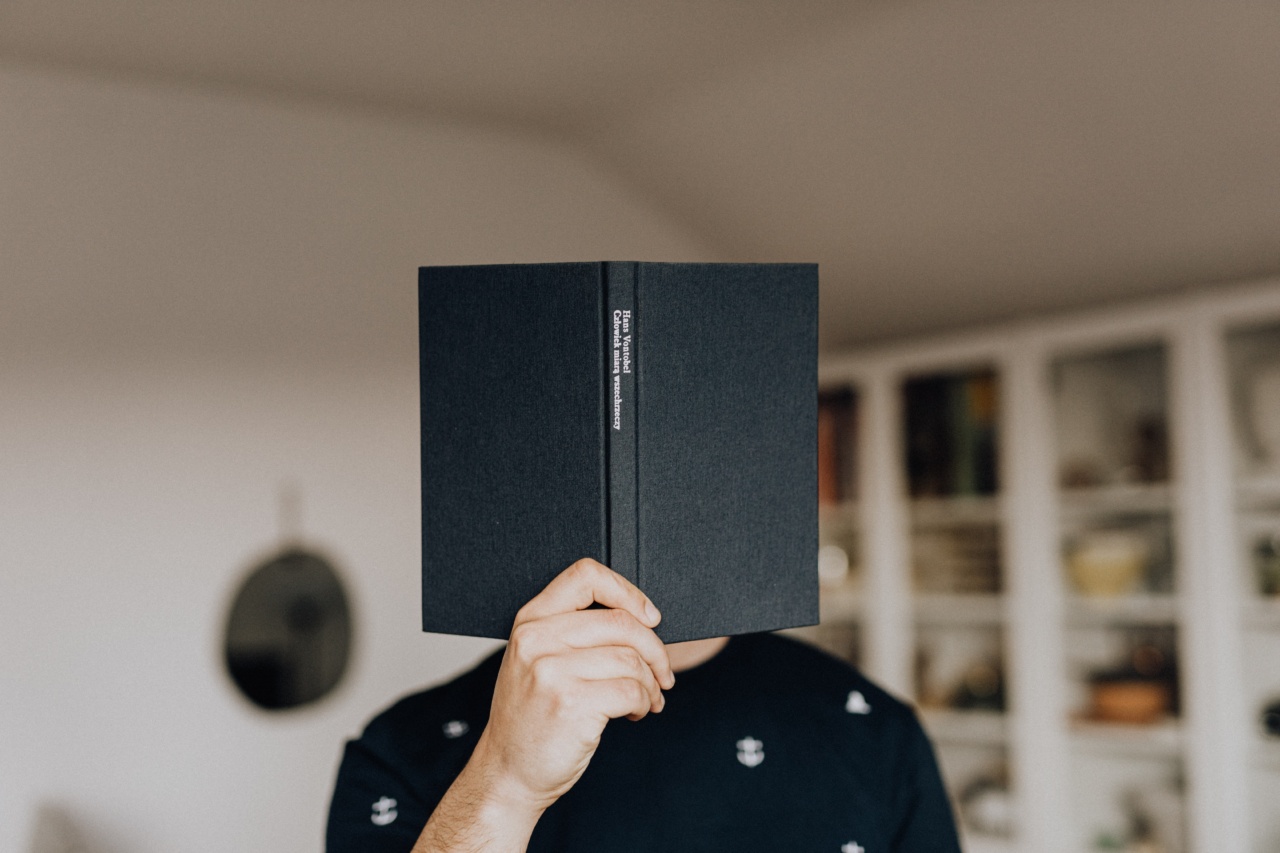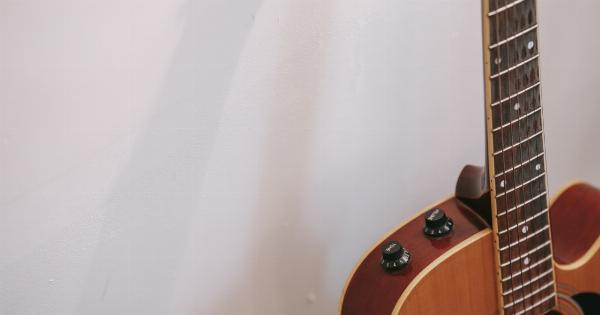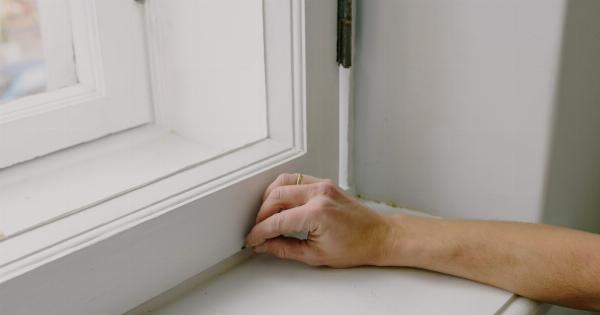Sneezing is a reflex action that primarily occurs when the nasal passages are irritated. It is a way for the body to remove the irritants and potentially harmful substances from the respiratory system.
However, there are times when we feel the need to hold in a sneeze, perhaps due to etiquette or a desire to avoid disturbing others. While it may seem harmless, holding in a sneeze can actually have some surprising effects on the body. In this article, we will explore the science behind sneezing and discuss what happens when you hold it in.
What Causes Sneezing?
Sneezing is triggered by the irritation of the sensitive nerve endings in the nasal cavity. Various factors can stimulate these nerves, including:.
- Allergens: Pollen, dust mites, pet dander, and other environmental factors can lead to sneezing in individuals with allergies.
- Common cold: Viral infections like the common cold can cause inflammation and irritation in the nasal passages, resulting in sneezing.
- Foreign particles: When foreign substances such as dust, smoke, or strong odors enter the nasal cavity, the body’s natural response is to expel them through sneezing.
- Nasal congestion: A stuffy nose due to sinus congestion or a respiratory infection can also trigger sneezing.
The Sneezing Reflex
Sneezing is a highly coordinated reflex involving various parts of the body. When the nasal nerves sense an irritant, they send a signal to the brain’s sneezing center, which is located in the medulla oblongata.
This region of the brain then sends back signals to initiate the sneezing response.
During a sneeze, the muscles in the chest, abdomen, and diaphragm contract forcefully. The vocal cords temporarily close, and the soft palate rises, effectively sealing off the oral and nasal cavities.
As a result, the air in the lungs is expelled at a high speed through the nose. This forceful expulsion of air helps to remove irritants, clear the nasal passages, and protect the respiratory system.
The Risks of Holding in a Sneeze
While it may seem harmless to suppress a sneeze, doing so can actually pose some potential risks. When you hold in a sneeze, the pressure inside the nasal cavity and the surrounding tissues increases significantly.
This increased pressure can have several adverse effects on the body:.
1. Damage to the Eardrums
When you hold in a sneeze, the force that is meant to expel the irritant through your nose gets redirected toward the Eustachian tube. This tube connects the middle ear to the back of the throat and helps regulate pressure.
The sudden increase in pressure can cause the eardrums to rupture, leading to pain, hearing loss, or even infection in severe cases.
2. Sinus Problems
Suppressing a sneeze can also cause problems in the sinuses. The rapid increase in pressure can force the mucus and bacteria from the nasal cavities into the sinuses, leading to sinusitis or sinus infections.
Sinusitis can cause symptoms such as facial pain, headache, nasal congestion, and a reduced sense of smell.
3. Nasal Damage
The increased pressure from holding in a sneeze can also cause damage to the blood vessels and delicate tissues in the nasal passages. This can result in nosebleeds, nasal congestion, or even nasal fractures in severe cases.
4. Eye Problems
Suppressing a sneeze can also affect the eyes. The increased pressure can temporarily increase the intraocular pressure, which may cause redness, blurred vision, or even damage to the blood vessels in the eyes.
Tips for Controlling a Sneeze
If you find yourself in a situation where you need to control or suppress a sneeze, it is important to do it in a way that minimizes the risks. Here are a few tips to help you control a sneeze safely:.
1. Use Tissues or Handkerchiefs
When you feel a sneeze coming on, grab a tissue or handkerchief and cover your nose and mouth completely. This can help trap any expelled droplets or particles, reducing the risk of spreading germs to others.
2. Sneeze into Your Elbow
If you don’t have a tissue handy, sneeze into the inside of your elbow rather than your hands. This can help minimize the spread of germs compared to sneezing into your hands and touching surfaces afterward.
3. Avoid Suppressive Techniques
Instead of trying to stop a sneeze by holding your breath or pinching your nose, focus on diverting the sneeze downward.
Gently press your tongue against the roof of your mouth or try to stimulate the tip of your nose to encourage a downward flow of air.
4. Maintain Good Hygiene
Regularly washing your hands and practicing good hygiene can reduce the chances of getting sick or spreading infections. Proper hygiene habits also help minimize the need to suppress or control sneezes in the first place.
Conclusion
Sneezing is a natural reflex designed to protect our respiratory system by removing irritants and potentially harmful substances from the nasal passages.
While holding in a sneeze may be seen as a polite gesture or an attempt to avoid causing a disturbance, it can lead to unexpected consequences. The increased pressure from holding in a sneeze can potentially damage the eardrums, sinuses, nasal passages, and even the eyes. To minimize the risks, it is important to redirect the sneeze safely by using tissues or sneezing into your elbow.
Practicing good hygiene and maintaining a clean environment can also help reduce the need to suppress or control sneezes. Ultimately, it is essential to listen to your body and allow it to perform its natural functions when possible.






























